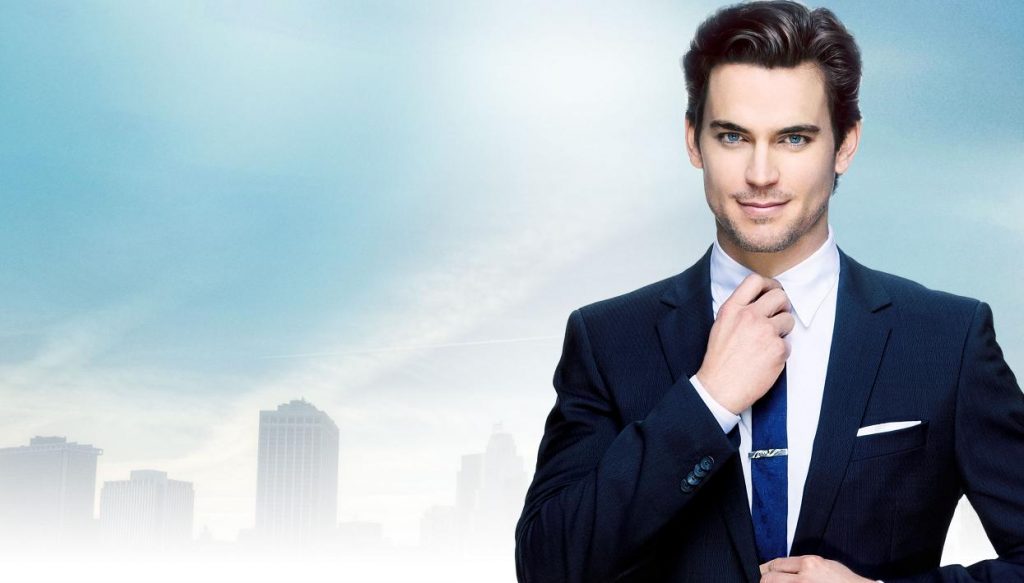
Today while reading the Science Blog I came across a very interesting article, which presented the natural phenomenon of how attractive people are more likely to land more competitive jobs and advance their careers. My first impression of this article was a severe disbelief because scientifically, attractiveness is not intercorrelated with intelligence. However, after reminiscing back to the concepts from my Organizational Behaviour class, I was able to conclude the statement to be true through the psychological OB perspective.
The article from the Science Blog presented a research from the New York Academy of Sciences stating that “attractiveness of interviewees can significantly bias outcome in hiring practices, showing a clear distinction between the attractive and average looking interviewees in terms of high and low status job packages offered.” One of the authors from this research added that, “when someone is viewed as attractive, they are often assumed to have a number of positive social traits and greater intelligence.” Although this observational study would seem to be influenced by a lurking variable, HR managers are fully aware of this phenomenon.
The idea that positive traits are immediately linked to the attractiveness of a person is known as the halo effect. The halo effect, as explained on page 43, from Chapter 2 in the Organizational Behaviour textbook, is a cognitive bias in which people would tend to focus solely on one characteristic on a person and therefore his or her overall judgment of that person is swayed towards that particular characteristic. This is the reason why attractive people are linked with traits such as high intelligence and hard working. Attractive people do not necessarily perform better in the workplace, but they are perceived as performing better due to the cognitive bias.
I noticed this upon myself when I was looking at my corporate role models, in which I only focus on their success factor and therefore I cognitively conclude that he/she is a nice person. In reality, although my corporate role model is indeed successful, I fail to noticed the fact that he treats people and colleagues awfully in the workplace.
Word Count: 397
References
1.”Who knew? Good looking people get better jobs.” Science Blog, 6 Dec. 2007. Web. 01 Apr. 2017. < https://scienceblog.com/14974/who-knew-good-looking-people-get-better-jobs/>.
2. Langton, Robbins, Judge, Organizational Behaviour, 7th edition, p.59
3. Image Source: http://kingofwallpapers.com/white-collar/white-collar-002.jpg





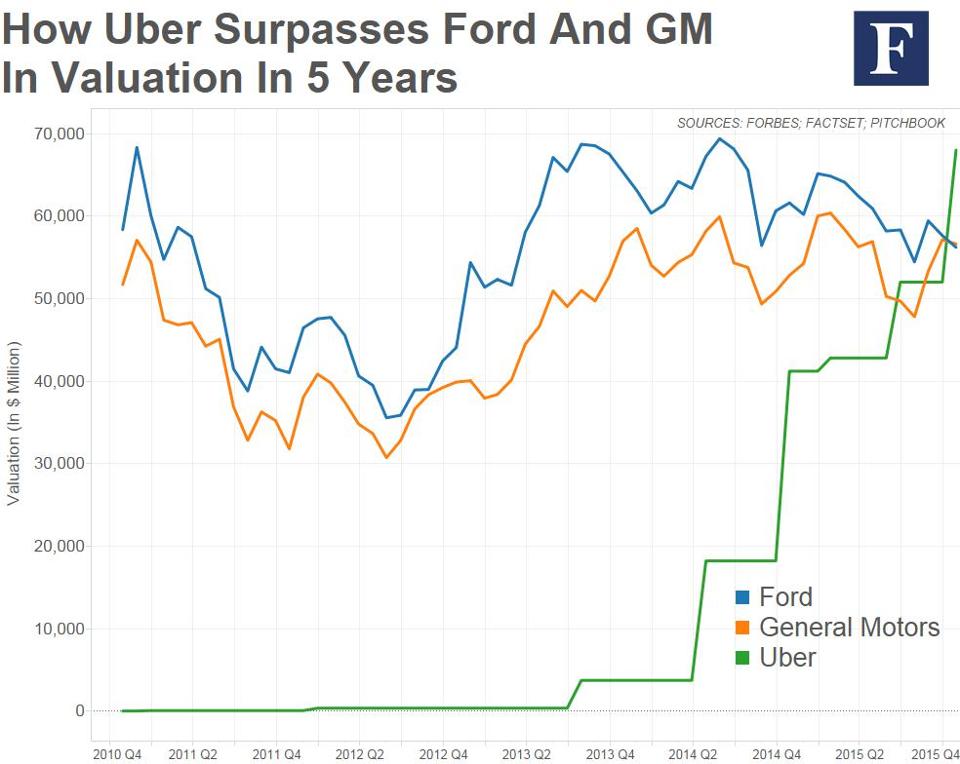
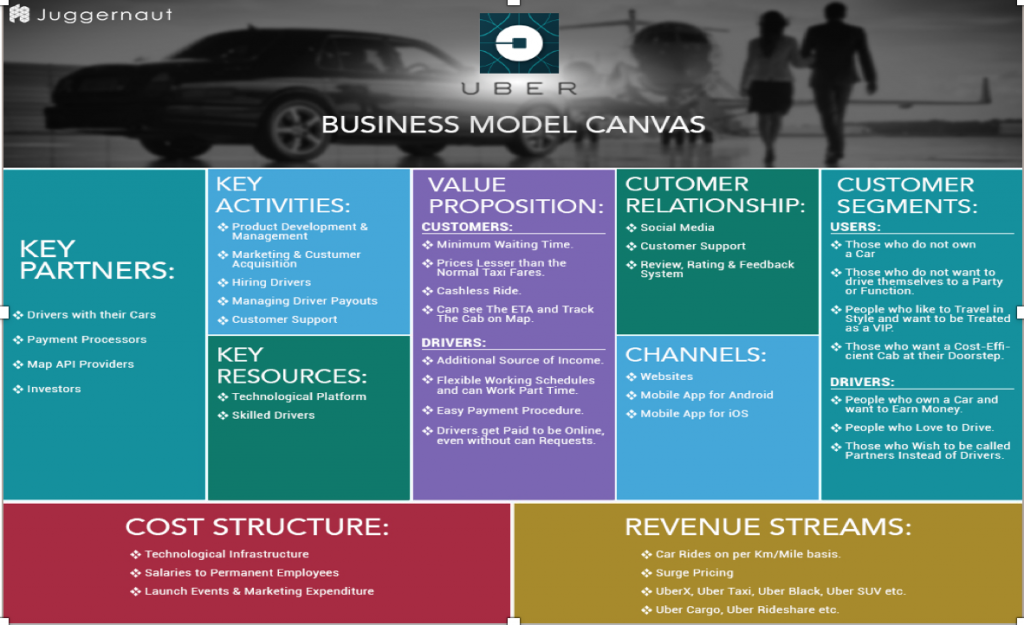
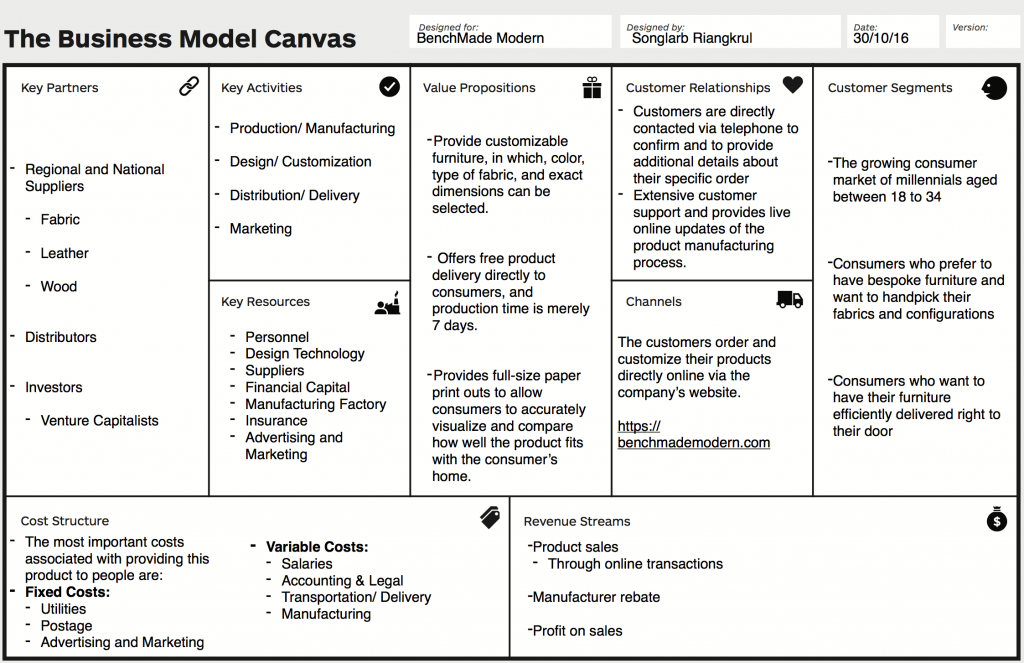
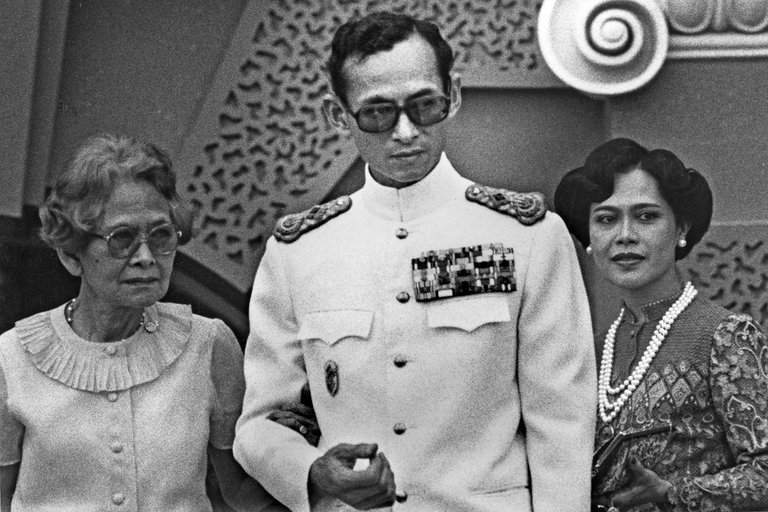


 Reference:http://www.nytimes.com/2016/09/11/technology/no-driver-bring-it-on-how-pittsburgh-became-ubers-testing-ground.html?ref=business&_r=0
Reference:http://www.nytimes.com/2016/09/11/technology/no-driver-bring-it-on-how-pittsburgh-became-ubers-testing-ground.html?ref=business&_r=0